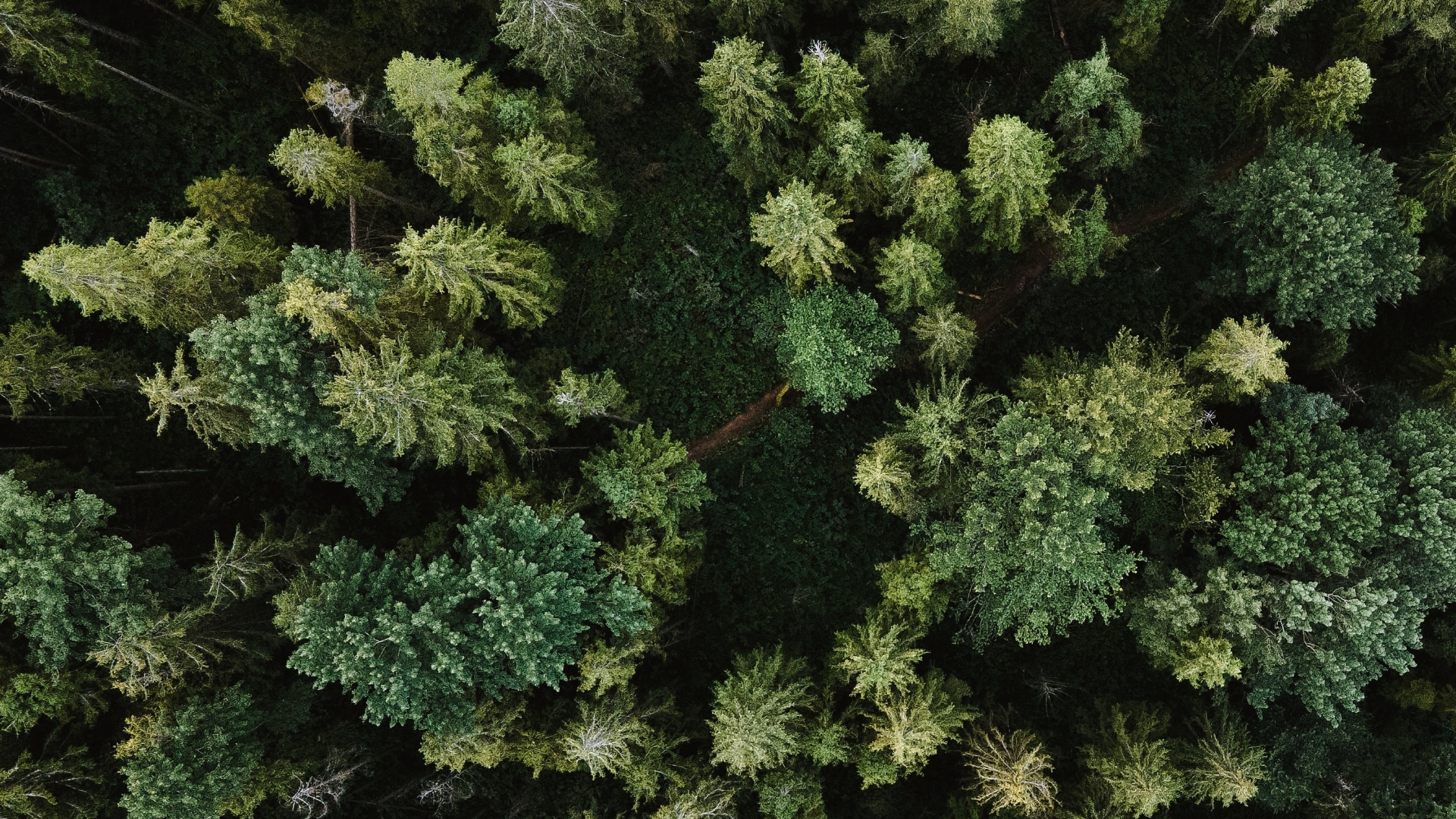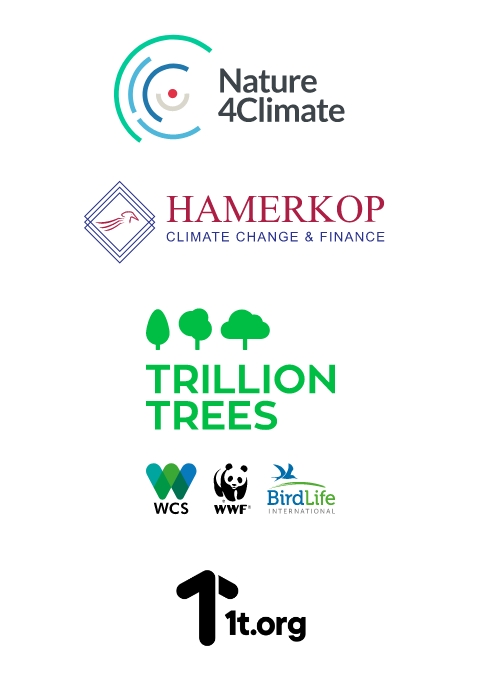
Reforest Better
Discover what makes a high-impact tree growing project
The planet is at a tipping point. Unsustainable ways of living and working have changed the ways we interact with nature and the daunting impacts of climate change are felt across all ecosystems and livelihoods. Nature is one key solution to address and adapt to current impacts, as well as prevent further devastating costs to the planet and its peoples.
Reforest Better is underpinned by scientific knowledge from existing literature and consultations with technical experts.
Meet our leading authors.

Restoring natural ecosystems through the planting of trees is not a new concept for climate solutions. However, tree planting schemes are becoming an increasingly popular choice for corporations to balance out (or offset) their greenhouse gas emissions. While we must prioritise greater ambition and action towards emission reductions within value and supply chains, investing in forests can be a powerful supplement to ensure we are tackling both climate and biodiversity crises, as well as safeguarding communities on the ground.
Planting a tree is not an end in itself. On the contrary, planting is the very first step of a long and rich endeavour. Investing in trees for long-term and tangible climate, social and biodiversity benefits requires that those supporting initiatives reorient our focus from “planting” to “growing” schemes. This shift includes addressing restoration with special attention to promoting and protecting native plant species, preserving natural ecosystems and providing a framework for sustainable land management.
This interactive tool has been designed so that businesses, project developers, and funders are able to better select and implement meaningful forest restoration and tree growing projects. Rooted in science, Reforest Better provides a step-by-step guide to assess restoration projects against key criteria such as plant species selection, the inclusion of local communities, preservation of natural ecosystems and livelihoods, and transparency on how emissions are calculated.
- Rooted in science, the interactive guide takes users through a set of questions to help them quickly identify the most effective and ethical restoration projects to invest in.
- Each question is designed to measure the success of a project by rating it against 13 metrics such as plant species selection, the inclusion and involvement of Indigenous and local communities, and transparency on how baseline emissions are calculated.
- A simple traffic light system highlights how close a project is to best practice on each criterion.
- Go to the end of the tool to see case studies of what high impact forest restoration projects look like to showcase the excellence of existing schemes.
- N4C does not store or collect data from users of the tool.





